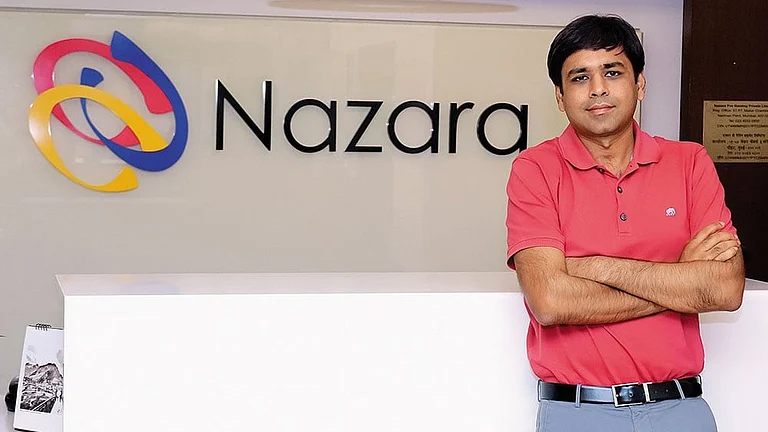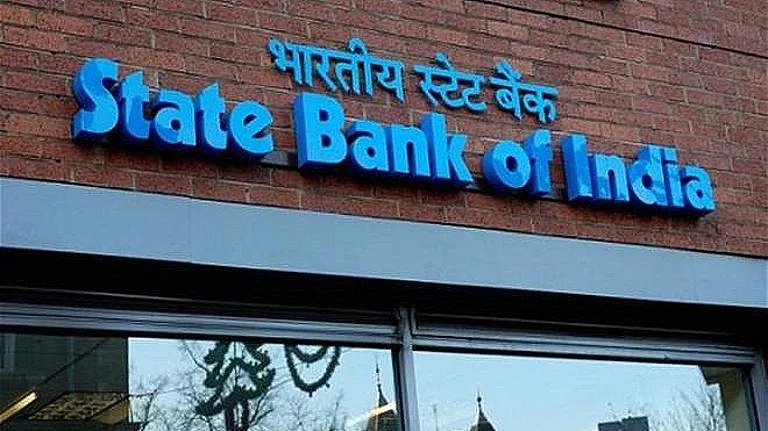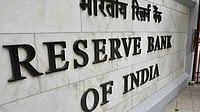
SBI economists said the FY26 budgetary allocation of ₹437 crore for promoting UPI and RuPay transactions may be revised upwards.
Participants are estimated to bear costs of ₹4,000–₹5,000 crore annually to keep the system running.
The subsidy was cut sharply from ₹2,000 crore in FY25, raising debates over charging fees for UPI transactions.
The annual subsidy of ₹437 crore allocated in FY26 budget to support digital payments ecosystem through UPI and RuPay card transactions "may be revised upwards", economists at country's largest lender SBI said on Monday.
Citing some estimates, the economists said participants of UPI (unified payment interface) are bearing a cost of up to ₹5,000 crore to keep the online payment system running.
"The budget has earmarked ₹437 crore to promote... transactions in FY26, which may be revised upward. However, as per estimates ₹4,000 to ₹5,000 crore could be the cost that the participants are bearing," they said in a note.
The steep reduction in the subsidy allocation to ₹437 crore from ₹2,000 crore in FY25 had led to a slew of calls to charge fees on some UPI transactions. Charging for UPI transactions has become a very contentious issue due to the mass adoption of the platform, which witnessed nearly 25 crore transactions in June.
The SBI note explained that the National Payments Corporation of India (NPCI) allows charging a merchant discount rate (MDR) of 0.30% on person to merchant transactions, but the same has been made zero for transactions with RuPay debit card and BHIM-UPI since 2020 with the objective of promoting digital payments.
For small merchants, UPI transactions up to ₹2,000 attract zero MDR and are also eligible for an incentive of 0.15% of the transaction value, while those above ₹2,000 have zero MDR but no incentive. In the case of large merchants, all transactions -- regardless of the amount -- will have zero MDR and will not carry any incentive, it said.
The incentive is paid by the government to the acquiring bank (merchant's bank) and is then shared among other stakeholders including the issuer bank (customer's bank), payment service provider bank (which facilitates UPI onboarding/API integration), and app providers.
The economists also flagged their concerns on PhonePe, majority owned by US retail giant Walmart, and Google Pay controlling a lion's share in the UPI transactions, and warned that it may "stifle" domestic fintech players.
"The higher concentration of transactions amongst a handful of TPAPs (third-part application providers) may stifle India centric fintech innovation going forward...The need for a desi counter intuitive app cannot be overemphasized as we move towards leveraging data," the note said.
The note also highlighted the need for NPCI to widen the data reporting to at least 100 merchant category codes (MCC) from the present 29, pointing out that there are 300 MCCs.































